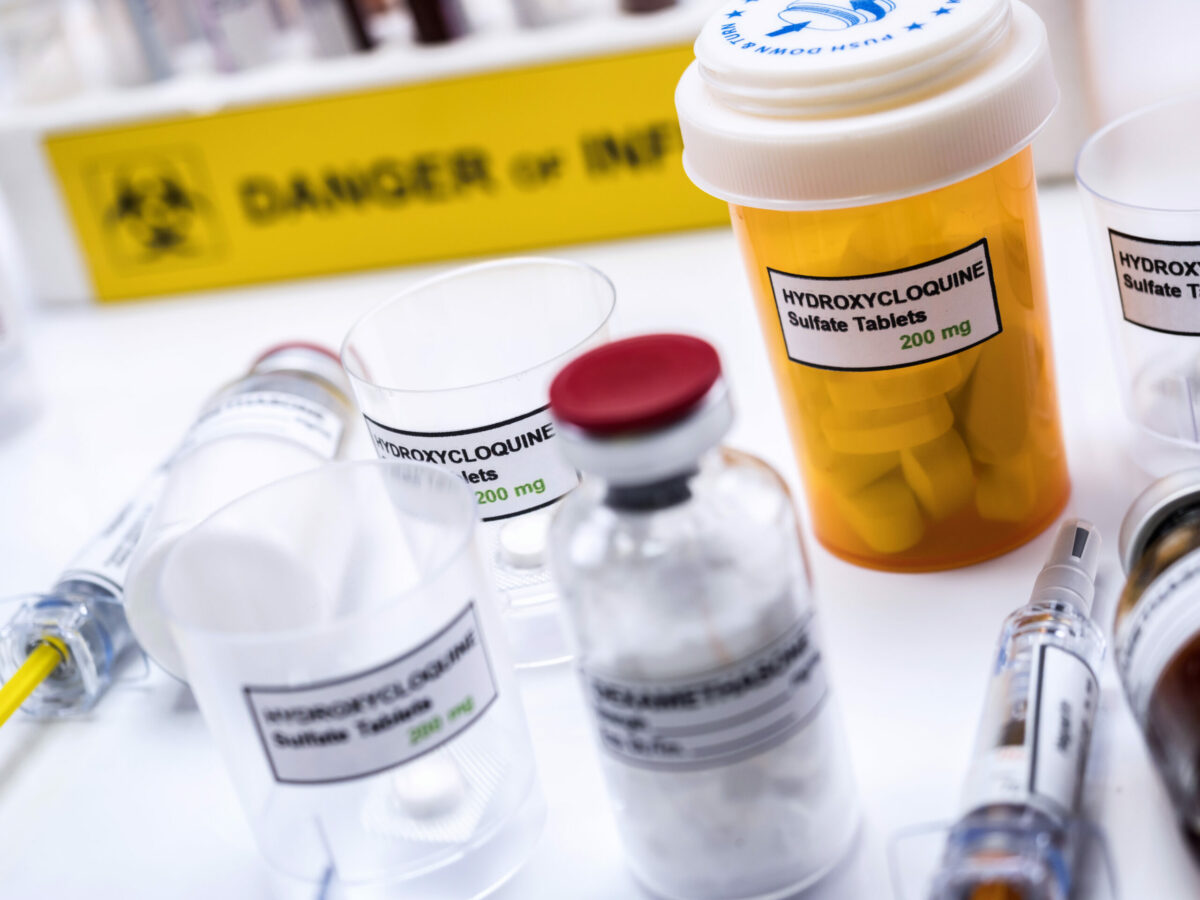This is a rare form of cancer that usually starts in the body’s soft tissues and it is known as undifferentiated pleomorphic sarcoma (UPS). Tissues that connect other body structures are called soft tissues. This cancer type usually begins in the arms and legs. In some cases, UPS can occur in certain regions behind abdominal organs (retroperitoneum).
The name of this cancer is according to the cancer cell’s appearance under the microscope. For instance, undifferentiated means the cells look different from body tissues, and pleomorphic means these cancer cells grow in multiple sizes and forms.
Physicians often prescribe treatment depending on the location and severity of the cancer. Another name for UPS is malignant fibrous histiocytoma.
Symptoms
The symptoms people usually experience are based on the cancer location. Mostly, it occurs in the legs and arms but we cannot rule out that it can happen anywhere in the body. Check below some UPS symptoms:
- Swelling of the foot or hand
- Pain, tingling, and numbness caused by very large grows
- Lumps
- Abdominal pain
- Loss of appetite
- Constipation
- Fever
- Weight loss
Immediately contact your healthcare professional if any of the symptoms listed above occur.
Causes
While it is not known exactly what the UPS causes are, healthcare professionals noticed that it occurs when there is a DNA change. The DNA tells a cell what to do and when some changes happen, they multiply and make an abnormal mass (known as a tumor). Therefore, they invade nearby tissues and destroy them. Sometimes, these cancer cells can spread throughout the body including bones, lungs, and others.
Risk Factors
- Older people (over 50 years old) are more prone to getting UPS. However, anyone can develop this cancer type.
- In rare cases, UPS can develop in the regions where you were treated with radiation therapy.
Furthermore, many people get this cancer form without any risk factors while others never develop UPS despite risk factors.
Diagnosis
Healthcare professionals usually start diagnosing this cancer type by physical examination and questions about symptoms and medical history. Commonly, they diagnose this cancer type when other cancer forms are excluded. Check below some procedures and tests that help the doctor diagnose this type of cancer:
- Physical examination – This examination is done to understand the size and depth of the growths and if there is a connection between tumors and other tissues.
- Imaging tests – These tests help to create images of the affected area. Tests include CT, MRI, positron emission tomography (PET) scans and X-rays.
- Biopsy – This test involves the removal of a sample of the tumor that is tested under a microscope.
Treatment
In most cases, doctors prescribe surgery to treat this cancer type. However, some people may receive also radiation therapy, and drug treatments (including chemotherapy, targeted therapy, and immunotherapy).
Surgery
In case it is possible, surgeons will remove completely the tumor during surgery. If UPS affects your arms and legs, you probably will receive limb-sparing operations. Sometimes, it is necessary to amputate the affected leg or arm.
Radiation Therapy
This procedure involves high beams of energy to destroy cancer cells. These include (x-rays or protons). Check below some examples of radiation therapy:
- External beam radiation – This treatment option usually shrinks the tumor which makes it easier to remove. It can also be used to destroy the cells that remain after surgery.
- Intraoperative radiation therapy (IORT) – This therapy is often used right after tumor removal. Commonly, doctors use this procedure when it is difficult to remove the cancer.
Chemotherapy
This is the most common treatment used in the UPS treatment, especially if it spreads to other body parts. Chemotherapy can be administered by pill or via vein (intravenously).
Some people use this treatment option before surgery because it helps to shrink the tumor and remove it easily.
Targeted Drug Therapy
Commonly people receive a combination of treatments. For instance, doctors prescribe chemotherapy with targeted drug therapy before surgery. Targeted therapy is used to block certain substances in the body that cancer cells need to grow. As a result, they die.
Additionally, this therapy is mostly used when UPS is caused by genetic mutations.
Immunotherapy
This therapy helps to boost your immune system to fight against cancer. In normal circumstances, the body’s defense (immune system) may not attack cancer cells because they are creating proteins that hide them. Immunotherapy is commonly used in people with advanced cancer stages.
Other Treatments
Unfortunately, there are no other effective treatments but the following alternative options can help to lessen the symptoms. For example:
- Acupuncture
- Massage
- Exercise
- Music therapy
- Relaxation
Frequently Asked Questions
What is the life expectancy for people with UPS?
Generally, people have a 5-year survival rate if they are diagnosed with this cancer type. Approximately 65% of people with UPS live 5 years after diagnosis. However, if the cancer spreads to other body parts, the 5-year survival rate drops to 18%.
What is the most aggressive sarcoma?
One of the most aggressive sarcomas is known as Extrarenal Rhabdoid Tumor. It commonly appears in childhood and affects the kidneys and other parts of the abdomen. Those who suffer from this cancer type have an increased risk of spreading to the liver or lungs. Discuss with your doctor for more details.
What is the most effective UPS treatment?
Healthcare providers usually prescribe biological therapy (Pazopanib), radiation, and chemotherapy. The last two treatment options are mostly used if the cancer spreads to the lungs. In case you have any additional questions, ask your healthcare professional.




